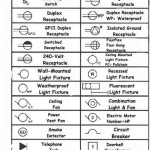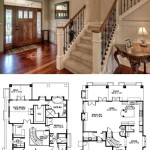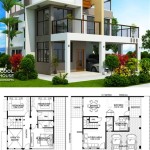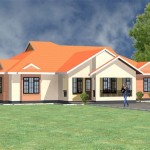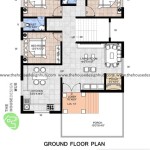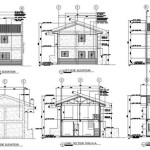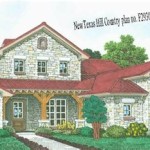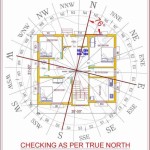Essential Aspects of Bamboo House Plans Designs
Bamboo, a versatile and sustainable material, has gained popularity in architecture for its unique properties and aesthetic appeal. When designing a bamboo house, it's crucial to consider various essential aspects to ensure a harmonious and functional living space. This article explores the key elements of bamboo house plans designs, providing insights into the planning process and the benefits of this eco-friendly material.
Structural Integrity
Ensuring the structural integrity of a bamboo house is paramount. Bamboo's tensile strength and flexibility make it an excellent choice for load-bearing structures. However, proper engineering and construction techniques are essential to withstand external forces such as earthquakes and strong winds. Architects should carefully calculate the weight-bearing capacity and incorporate appropriate bracing and reinforcement systems.
Materials Selection
Choosing the right type of bamboo is crucial for durability and aesthetics. Different species vary in diameter, strength, and flexibility. Moso bamboo, known for its large diameter and high strength, is commonly used for structural applications. Phyllostachys bamboo, with its smaller diameter and flexibility, is suitable for non-load-bearing elements such as cladding and flooring.
Ventilation and Natural Lighting
Bamboo houses should prioritize natural ventilation and lighting to create a comfortable and healthy indoor environment. Large windows, skylights, and cross-ventilation systems allow for ample air circulation and daylighting. Bamboo's porous nature also contributes to temperature regulation, keeping the house cool in hot climates.
Aesthetics and Design
Bamboo house plans should incorporate both functionality and aesthetic appeal. The warm, natural tones of bamboo complement various design styles, from traditional to contemporary. Architects can explore different cladding patterns, such as horizontal or vertical slatted walls, to create visual interest. Bamboo's versatility allows for customization, enabling the creation of unique and visually striking structures.
Sustainability and Environmental Impact
Sustainability is a fundamental aspect of bamboo house designs. Bamboo is a rapidly renewable resource that sequesters carbon dioxide and releases oxygen into the atmosphere. Using bamboo in construction reduces the environmental impact compared to traditional materials such as concrete and steel. Additionally, bamboo requires minimal maintenance and can last for many years, further enhancing its sustainable credentials.
Cost and Maintenance
The cost of bamboo house plans designs can vary depending on the complexity of the structure and the quality of materials used. However, bamboo is generally considered a cost-effective and low-maintenance material. Its natural durability and resistance to pests and rot reduce ongoing maintenance expenses. Regular cleaning and inspections are recommended to ensure longevity.
Conclusion
Designing bamboo houses requires a holistic approach that considers structural integrity, materials selection, ventilation, aesthetics, sustainability, and cost. By adhering to these essential aspects, architects can create beautiful and environmentally conscious homes that offer unique living experiences. The inherent properties of bamboo, combined with innovative design techniques, make it a promising material for sustainable and stylish architecture.

Native Farm House Design 2 Bedrooms 10 X Meters Modern Bahay Kubo Bamboo Wooden Tropical

60sqm Sustainable Bamboo House

Modern Bamboo Houses Interior And Exterior Designs Tropical House Design Filipino

Gallery Of Energy Efficient Bamboo House Studio Cardenas Conscious Design 18

Low Cost Bamboo Housing In Vietnam By H P Architects

16 Inspiring Bamboo House Design Ideas And Features Architecturesstyle

Low Cost Bamboo House Design In Less Than 7 Lakhs

Eco Friendly Bamboo House Design And Construction Ideas

20 Breathtaking Bamboo House Designs Design Bali

Low Budget House Modern Bamboo 72 Sq M

